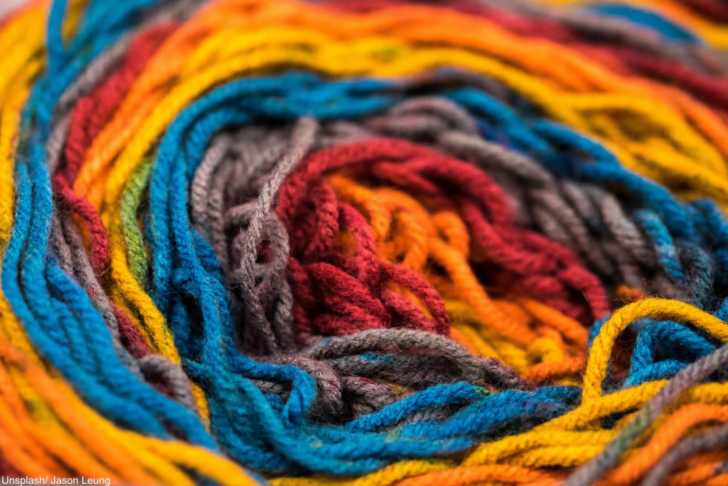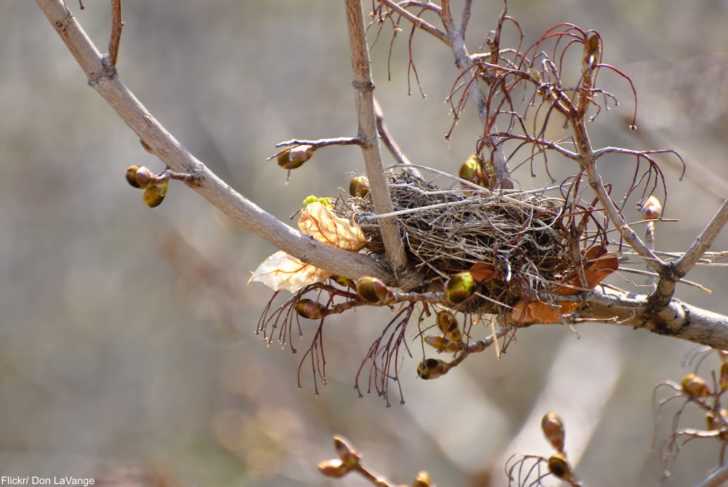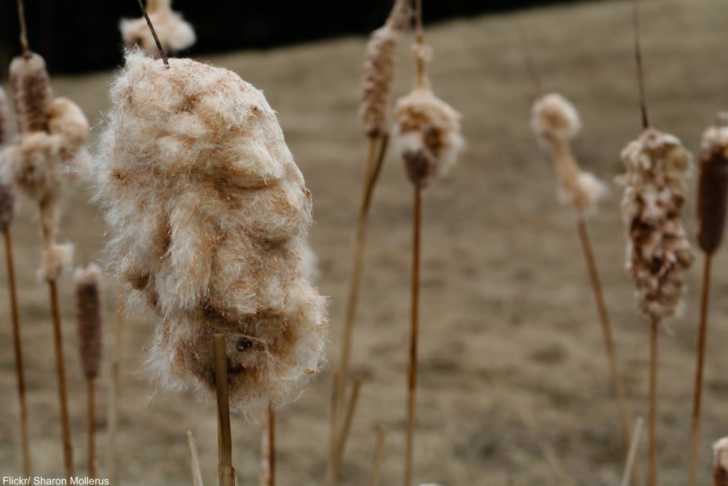Never Offer These 5 Things for Birds to Build Their Nests With
This is new information from we’ve always been told!
Old wives’ tales often have some truth to them. But, in the case of what birds can make their nests out of, there’s one in particular that does not hold up to scrutiny. Did you ever read Sarah Plain and Tall and see in your mind’s eye the scattering of the hair from Caleb’s haircut?
It was common wisdom of the day, which continues into the modern era, that these clippings were good for birds to make their nests out of. But, new evidence shows that this biodegradable material is among many such items that you should never ever offer to birds.

These 5 Things Are Big No-nos
1) Yarn Scraps
Years ago people said that leaving yarn scraps out for wild birds would help them in their nest-building. But, now wildlife experts say that’s not the case. What actually can happen is that the yarn gets wrapped around their feet, resulting in loss of circulation and even loss of the entire foot. The same goes for cotton or jute twine since it doesn’t biodegrade quickly enough to make it safe for them.

2) Dryer Lint
In the past we were also told that it was ok to offer dryer lint to birds and we now know that’s not an ideal nest material. Our dryer lint not only has a lot of synthetic fibers in it due to the rise in polymer-based clothing, but the chemicals in laundry soap and fabric softener can be bad for wild birds.

3) Human Hair
Human hair, despite centuries of being cast to the wind for the birds, is now not recommended for this purpose. And, the reason is the same as with string: it can wrap around the birds’ feet. So much for this old wives’ tale.

4) Pet Fur
Pet fur may seem like a good idea, but if your animals have been treated for fleas and ticks then the chemical residues can pose a health threat for wild birds.
5) Synthetics
Anything synthetic is not good for birds. There are plenty of birds around the world that will gather all kinds of plastic or metal items for their nests, from milk jug rings to zip ties. And many species do love colorful or shiny objects. However, you should never offer tinsel or foil for nest building since it can be ingested or caught on the birds themselves.
What Can You Offer Wild Birds?
There is currently debate about if any animal fur can be safely offered to birds. Some people think that if there is no chemical treatment it might be ok, while others claim that any hairs can become wrapped around the appendages of birds.
What you can offer are yard clippings and pine needles with no problem. Experts also say that cotton batting, instead of yarn, is ok to offer as well, since the material is natural and breaks apart easily. Short natural fibers like coconut fibers, and untreated/un-dyed lichen and moss are examples of good nesting material.

Another way to help the birds is to plant species of flora that are known to be beneficial for nest building. Native grasses are always a safe bet for birds since they have evolved using these very plants.
Native plantsin general also offer food, cover, and other benefits for the birds. Some recommended species to plant in North America are listed below.
Zones 4-10: Big Blue Stem Grass (Andropogon Gerardii)
Zones 3-10: Blue Grama (Bouteloua Gracilis)
Zones 4-8: Black Willow (Salix negra)
Zones 4-9: Northern Sea Oats(Chasmanthium Latifolium)
Various Zones: Switchgrass varieties
Zones 3-9: Prairie Dropseed (Sporobolus Heterolepsis)
Various Zones: Little Bluestem Grass varieties
Various Zones: Cattails (Typhaceae species)
Various Zones: Milkweed species

So now you know not to put out hair trimmings, synthetics, or strings for the birds, among other things! Here’s to some happy (and healthy) birdwatching this spring.
SKM: below-content placeholderWhizzco for CRH

